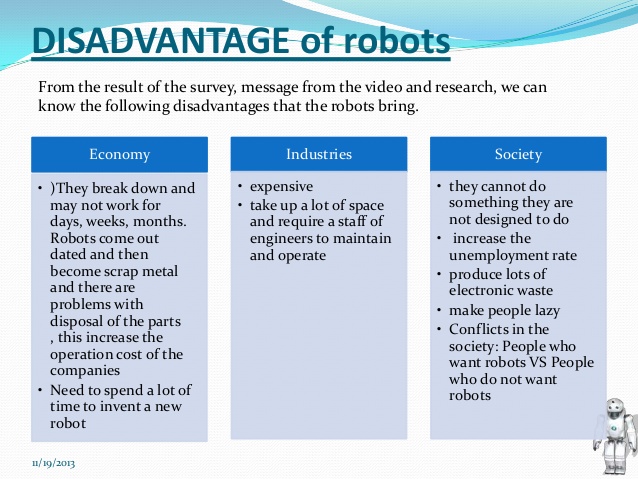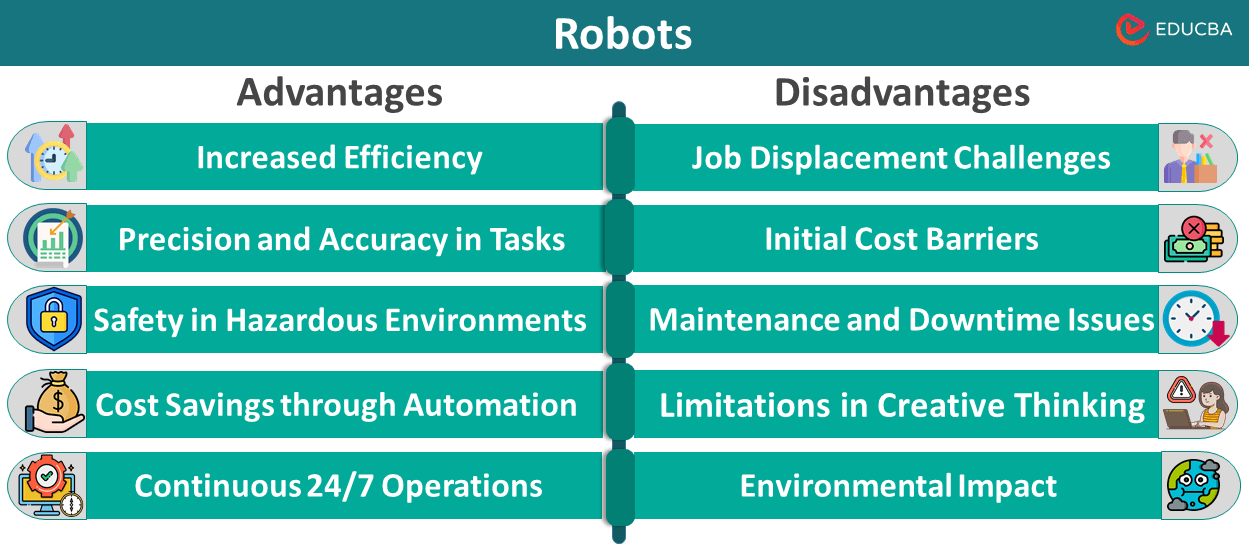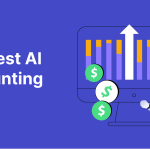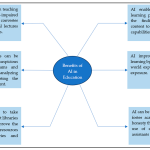Robotics is changing our world rapidly. Many see it as a marvel.
But, there are downsides to consider. Robots are becoming a common sight in many industries, from manufacturing to healthcare. They boost efficiency and take over repetitive tasks. Yet, as we embrace this technology, it is crucial to look at the other side. This blog will delve into what are the disadvantages of robotics in our society.
Not all effects of robotics are positive. Some issues arise that impact our society in significant ways. From job losses to ethical concerns, these disadvantages need our attention. This blog will delve into the various drawbacks of robotics.

Credit: www.devopsschool.com
Job Displacement
Robots can do many tasks faster than humans. This leads to many people losing their jobs. Factories and companies use robots to save money. This means fewer jobs for people. Some jobs disappear completely.
More robots at work can increase unemployment. Many workers cannot find new jobs. They might not have the skills needed for new types of work. This makes it hard for them to earn money.
Robots help companies make more money. But this money often goes to the owners, not the workers. This creates a gap between rich and poor. The rich get richer. The poor struggle even more. This can cause social problems.
High Initial Costs
Robots are very expensive to buy. Small businesses can’t afford them. This creates a big problem. Only rich companies can use robots. This makes the gap between rich and poor bigger. People without much money face many challenges. They can’t compete with big companies.
Maintaining robots is also very costly. Parts break and need to be replaced. Special technicians are required to fix them. This adds to the costs. Regular updates and software are needed too. This all means more money spent. Not everyone can afford this ongoing expense. It makes robots less appealing for many.
Ethical Concerns
Robotics can lead to job losses, raising ethical concerns about unemployment. Additionally, machines may make decisions without human empathy.
Privacy Issues
Robots can collect a lot of data. This data can be about people’s daily lives. There is a risk of this data being shared without permission. This can lead to privacy issues. People may feel their lives are being watched all the time. This can make them uncomfortable.
Decision-making Autonomy
Robots may make decisions on their own. Sometimes, these decisions can be wrong. If a robot makes a wrong decision, it can harm people. Decision-making autonomy in robots can be risky. It is important to monitor these decisions closely. People should always have the final say.

Credit: www.researchgate.net
Security Risks
Robots can be hacked. This means someone can take control of them. Hackers can use robots to steal data or cause harm. Hacking is a big risk for robotics in our society.
Robots collect a lot of data. If this data is not safe, it can be stolen. Data breaches can cause many problems. People can lose personal information. Companies can lose important secrets.
Dependence On Technology
Robots can do many tasks faster and better. This makes people rely on them too much. People stop practicing their skills. Over time, they forget how to do tasks on their own. Skills like problem-solving and manual work get worse.
Robots can break down or have bugs. If a robot stops working, it can cause big problems. People might not know how to fix it quickly. This can lead to delays and losses. Dependence on robots can make us vulnerable. Important tasks may stop when systems fail.
Social Isolation
Robots can do many jobs today. This means fewer people talk to each other at work. People may feel lonely. They might miss working with other humans. Jobs that need talking and teamwork may suffer. Less human contact can be bad for society.
Being around robots too much can hurt mental health. People may feel less happy or more stressed. Robots do not show feelings. This can make people feel less understood. Human touch and talk are important. Without them, people may feel sad or alone.
Environmental Impact
Robots need many materials to build. These include metals and rare minerals. Mining these resources can harm the environment. It can damage landscapes and habitats. Also, making robots uses lots of energy. This increases our carbon footprint.
Old robots become waste. This is called e-waste. E-waste can be toxic. It can pollute soil and water. Many parts are hard to recycle. This leads to more trash. E-waste also harms animals and plants. It is a big problem for our planet.

Credit: www.granta-automation.co.uk
Ethical Programming
Ethical programming concerns arise with robotics due to potential job loss and reduced human interaction. Privacy issues also pose significant threats in society.
Bias In Algorithms
Robots and machines follow algorithms to make decisions. If these algorithms are biased, the robots will make unfair choices. This can lead to discrimination against certain groups of people. For example, job selection processes can become biased.
Even without intending to, programmers can add biases. These biases can come from their own views and experiences. It is hard to make sure algorithms are fair and unbiased.
Moral Dilemmas
Moral dilemmas are hard for robots to solve. They need to make choices that involve right and wrong. Humans use emotions and values to decide. Robots follow rules and codes.
For example, in an emergency, should a robot save one person or many? Such decisions are tough. It is hard to program ethics into machines. This makes robots controversial in many areas of society.
FAQ on what are the disadvantages of robotics in our society.
What Are The Main Disadvantages Of Robotics?
Robotics can lead to job displacement, causing unemployment in certain industries. They also require high initial investment and ongoing maintenance costs.
How Do Robots Impact Employment?
Robots can replace human workers in repetitive tasks, leading to job losses. However, they can also create new tech-related jobs.
Are Robots Expensive To Implement?
Yes, robots are costly to design, build, and maintain. This makes them a significant investment for businesses.
Do Robots Pose Safety Concerns?
Robots can malfunction and cause accidents. Proper safety measures and regular maintenance are crucial to minimize risks.
Conclusion
Robotics has its downsides in our society. Job displacement is a big concern. Many worry about privacy with smart machines. High costs limit access to advanced robots. Over-reliance on robots can reduce human skills. Ethical issues around AI also need attention.
Balancing technology with human needs is crucial. We must use robotics wisely.












